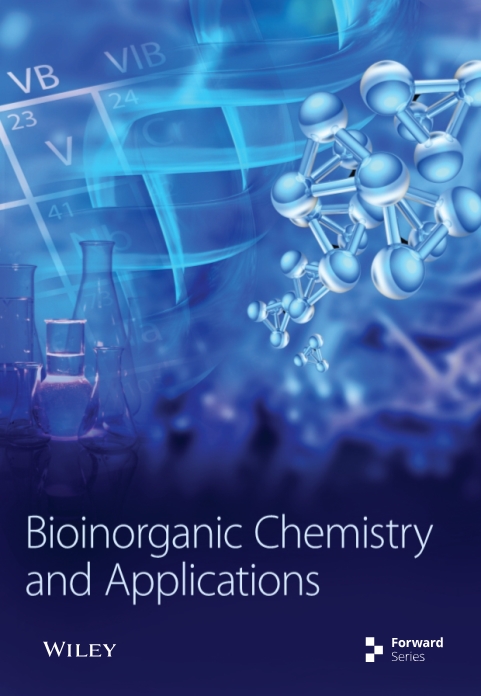不同植物和微米羟基磷灰石修复污染土壤中铜和镉的生物有效性
IF 4.7
3区 化学
Q1 BIOCHEMISTRY & MOLECULAR BIOLOGY
引用次数: 0
摘要
为了解植物修复与化学材料联合修复对土壤重金属生物有效性的影响,开展了为期3年的原位修复试验。以本土杂草(Setaria pumila)、能量植物(Pennisetum sp.)、镉(Cd)超富集植物(Sedum plumbizincicola)和耐铜(Cu)植物(Elsholtzia splendens)为修复植物,采用微米羟基磷灰石(1% wt)辅助修复。三年间对土壤中Cu和Cd的生物有效性进行了评价。结果表明,与未处理的土壤相比,4种植物与微米羟基磷灰石组合显著提高了土壤pH值和有机碳(SOC),显著降低了CaCl2和扩散梯度在薄膜(DGT)中的Cu和Cd组分。由于生物量大,狼尾草(Pennisetum sp.)对Cu和Cd的积累量最大,其次是Elsholtzia splendens、Sedum plumbizincicola和Setaria pumila。Cu和Cd的生物利用度与pH、土壤有机碳、速效磷、速效钾呈极显著负相关。这种相关性主要与微米级羟基磷灰石的添加有关。Cu和Cd的积累是土壤Cu、Cd生物有效性和生物量的共同作用。本研究结果表明,狼尾草是一种适宜的修复植物。本文章由计算机程序翻译,如有差异,请以英文原文为准。
Estimation of Copper and Cadmium Bioavailability in Contaminated Soil Remediated by Different Plants and Micron Hydroxyapatite
A three-year in situ remediation experiment was carried out to understand the effect of combined phytoremediation with chemical materials on the bioavailability of heavy metals in soil. Indigenous weed (Setaria pumila), energy plant (Pennisetum sp.), cadmium (Cd)-hyperaccumulator (Sedum plumbizincicola), and copper (Cu)-tolerant plant (Elsholtzia splendens) were used as the phytoremediation plants aided by micron hydroxyapatite (1% wt). The bioavailability of Cu and Cd in soil was evaluated during the three years. The results showed that the four plants combined with micron hydroxyapatite significantly increased soil pH and soil organic carbon (SOC), and decreased Cu and Cd fractions extracted by CaCl2 and diffusive gradients in thin films (DGT) than the untreated soils, respectively. Because of the large biomass, the accumulation of Cu and Cd is the largest in Pennisetum sp. followed by Elsholtzia splendens, Sedum plumbizincicola, and Setaria pumila. The bioavailability of Cu and Cd is significantly negatively correlated with pH, soil organic carbon, available phosphorus, and available potassium. Moreover, the correlation is mainly related to the addition of micron hydroxyapatite. The accumulation of Cu and Cd is the combined action of the soil bioavailability of Cu, Cd, and biomass. Our results suggest that Pennisetum sp. can act as an appropriate remediation plant for phytoremediation aided by amendments.
求助全文
通过发布文献求助,成功后即可免费获取论文全文。
去求助
来源期刊

Bioinorganic Chemistry and Applications
化学-生化与分子生物学
CiteScore
7.00
自引率
5.30%
发文量
105
审稿时长
>12 weeks
期刊介绍:
Bioinorganic Chemistry and Applications is primarily devoted to original research papers, but also publishes review articles, editorials, and letter to the editor in the general field of bioinorganic chemistry and its applications. Its scope includes all aspects of bioinorganic chemistry, including bioorganometallic chemistry and applied bioinorganic chemistry. The journal welcomes papers relating to metalloenzymes and model compounds, metal-based drugs, biomaterials, biocatalysis and bioelectronics, metals in biology and medicine, metals toxicology and metals in the environment, metal interactions with biomolecules and spectroscopic applications.
 求助内容:
求助内容: 应助结果提醒方式:
应助结果提醒方式:


